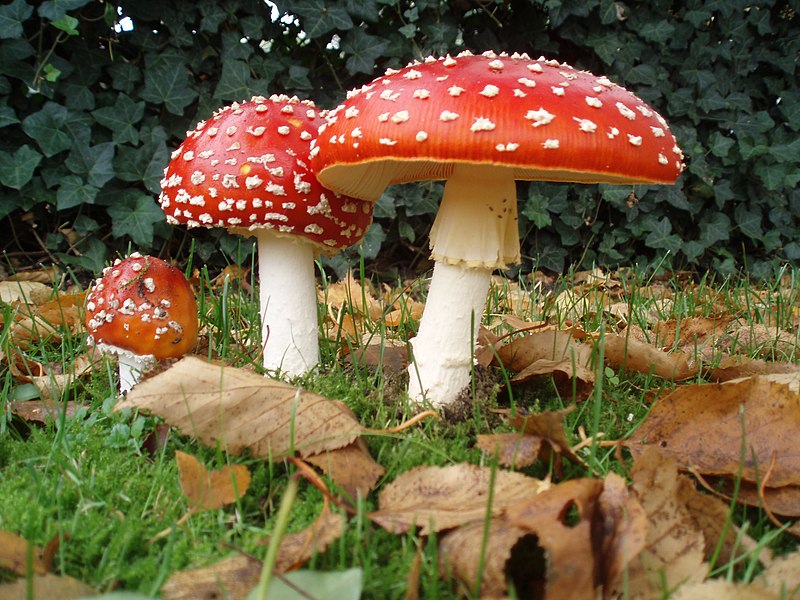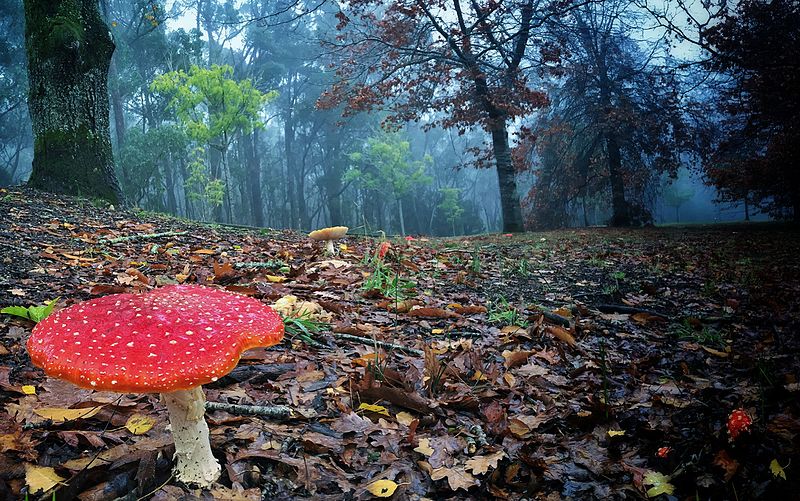Widely recognised from cartoons to Christmas cards, the Amanita muscaria mushroom, with its iconic white-spotted red cap, has a surprisingly rich history rooted in European folklore.
Beyond its charming appearance, the history of the fly agaric, or fly amanita, is steeped in mystery and fairy tales, capturing the imagination of Europeans for centuries.
For generations, indigenous tribes such as the Scandinavian Sámi people have used this mushroom in shamanic rituals and ceremonies. After careful preparation, it is consumed to induce dreamlike states of consciousness, facilitating spiritual journeys believed to connect users with the spirits of the natural world and their ancestors.
In modern times, the Amanita muscaria has gained an intriguing association with the imagery and spirit of Christmas. While not often explicitly mentioned, scholars and folklorists have drawn parallels between its characteristics and various elements of holiday symbolism.
The winter solstice (December 21), which closely coincides with Christmas, was and remains a special time for tribal ceremonies. Shamans would gather the mushrooms, dry them by hanging them in tree branches or in socks placed near a fire—a practice believed to inspire the tradition of hanging stockings by the fireplace. Dressed in red and white garments, the shamans would distribute the mushrooms among villagers as offerings and blessings for the community. This is thought to have influenced the creation of the jolly, kind spirit of Santa Claus.
Moreover, these tundra cultures share deep and ancient connections with reindeer, which play both domestic roles and serve as a vital food source. Coupled with the induction of dreamlike states and the fact that reindeer also consume Amanita muscaria, it is easy to imagine how tales of flying reindeer might have taken root.
As a mycorrhizal fungus, Amanita muscaria forms a symbiotic relationship with the roots of trees such as birches, pines, and firs. The mushroom provides essential nutrients like phosphorus and nitrogen, while the trees offer carbohydrates produced through photosynthesis.
The mushroom’s distinctive red-and-white caps emerge above ground during reproduction, releasing spores that contribute to soil fertility. Its presence in forests is a sign of a healthy ecosystem.
Amanita muscaria also serves as a cautionary symbol regarding the misconsumption of wild mushrooms. Improper preparation or consuming them raw can lead to symptoms such as vomiting, diarrhea, nausea, confusion, perspiration, and difficulty breathing. However, the mushroom is not lethal.
Today, Amanita muscaria continues to captivate scientists, artists, and enthusiasts alike. Mycologists study its unique properties, exploring both its ecological roles and its psychoactive compounds, such as muscimol and ibotenic acid. While toxic in large doses, these substances show potential for applications in medicine and neuroscience, sparking ongoing research.
As you celebrate this holiday season, take a moment to marvel at the wonders of nature. May your Christmas be as magical as the Amanita muscaria itself. Merry Christmas!

Amanita MuscariaDieze Oost

Amanita MuscariaMichael Hartwich
